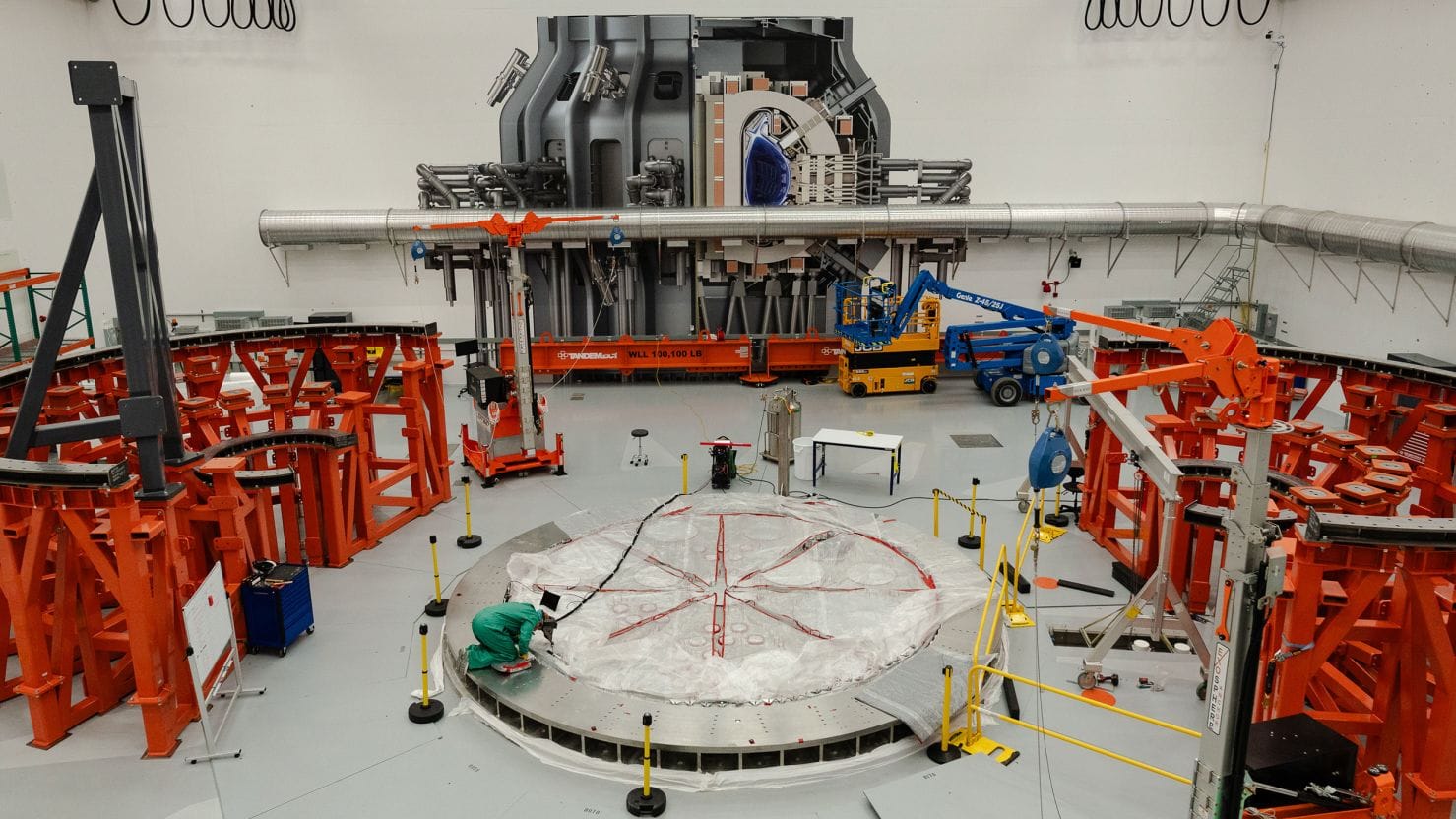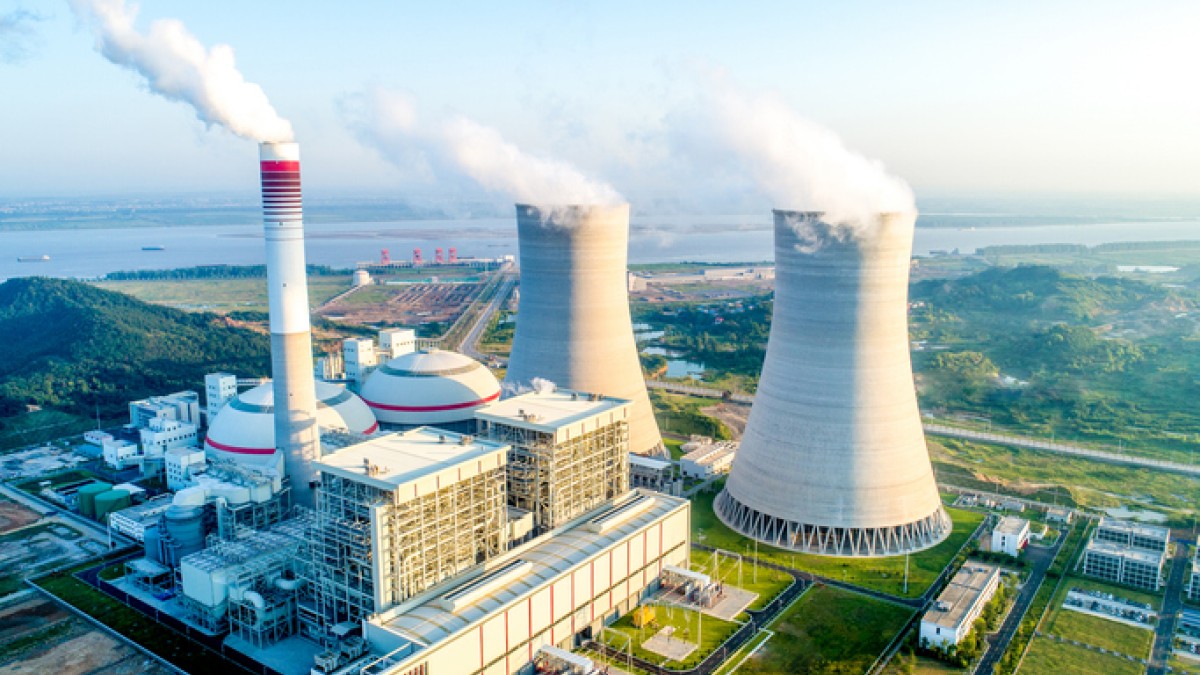Fusion Welding Study Reveals Stress Risks in P91 Steel

Engineers at the University of Surrey, partnering with UKAEA and the National Physical Laboratory, have used a plasma‑focused ion beam with digital image correlation (PFIB‑DIC) to inspect weld zones in P91 steel—the leading heat‑resistant alloy proposed for nuclear‑fusion reactors. By holding test coupons at 550 °C (1,022 °F), the team captured previously inaccessible micro‑scale data on residual stress, the locked‑in strains that creep into components during welding. Conventional tools skim over these ultra‑narrow heat‑affected bands; PFIB‑DIC resolves them grain by grain, revealing that the alloy loses more than 30 % of its strength at fusion‑level temperatures.
The stress map paints a split personality: some pockets harden under heat, while adjacent regions soften, together dictating whether a joint bends or breaks. These findings supply the first temperature‑true blueprint of how welded P91 behaves inside a reactor vessel, closing a notorious blind spot in fatigue modelling. For code writers and welding engineers, it offers the missing calibration point for finite‑element analyses and AI‑based life‑prediction tools—potentially trimming costly over‑engineering while raising safety margins.
Beyond fusion, the methodology unlocks a new standard for qualifying any critical weld that faces extreme thermal loads, from concentrated‑solar power receivers to high‑pressure steam lines. By combining ion‑beam sectioning with digital strain tracking, shops gain a repeatable way to validate stress‑relief cycles, filler selections, and heat‑input windows before parts reach service. Research like this moves the trade closer to delivering low‑carbon power hardware that lasts, weld after weld, in the hottest corners of tomorrow’s energy grid.
Source:



Discussion